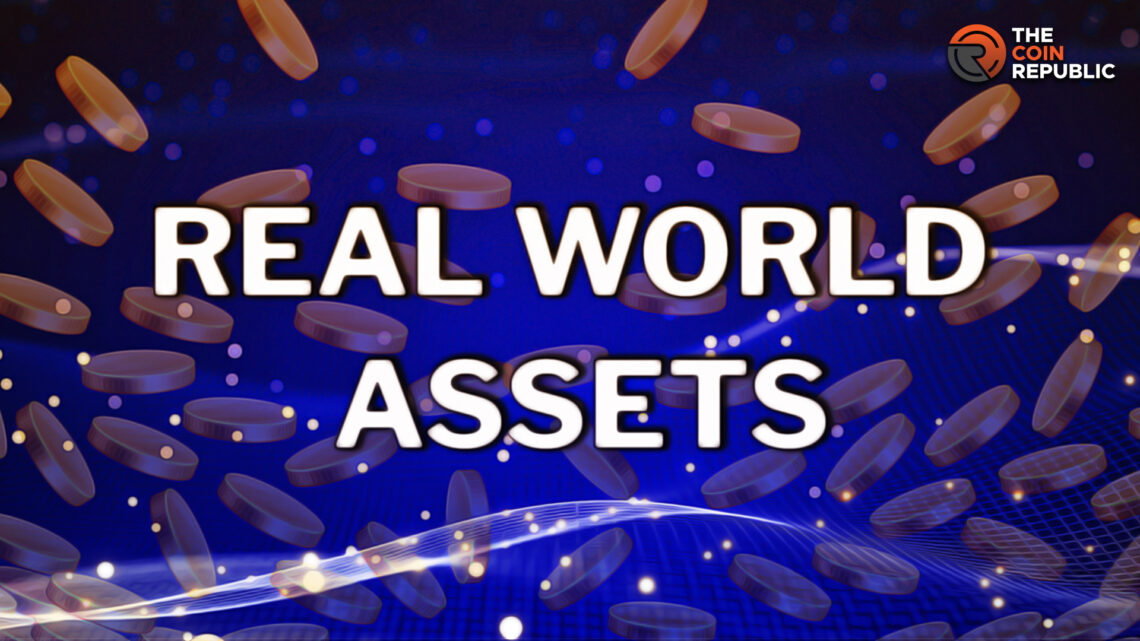- 1 Real World Assets make the most expensive investment avenues accessible to all.
- 2 A large variety of assets can be tokenized, and RWAs can exploit this possibility.
Have you ever noticed how crazy the crypto world is? Everyone is trying to make big money in the crypto world today. Certainly, you are on a similar hunt, right? However, the best way to literally make profits is to go with trends and observe what’s happening in narratives of both the present and the future of cryptocurrencies. You can actually boost your returns by being aware of what is happening in RWA . Here’s one such narrative that may interest you.
What is RWA?
The RWA (Real World Asset) narrative is gaining popularity in the cryptocurrency world since investors are seeking a means of bridging the gap between digital finance, the emerging digital asset market, and traditional finance. RWA presents assets that have real-world value, such as commodities that are supported on a blockchain by means of tokens.
The RWA narrative is what has unfolded and has become the talk of the town today. Crypto bloggers have brought it up frequently, and we have also seen a number of RWA coins derive from a publicized pump. But what precisely is RWA and what is its function?
RWAs are physical assets that are tokenized and represented on blockchain technology. is not limited to physical assets. It covers any valid money earned in business ventures or cash flows.
Categories Where Physical Assets Can Be Tokenized as RWA
There are practically four classifications of physical assets that undergo tokenization for RWA:
- Yield-Bearing tools (Profit and Loss monetization, Royalty streams and Dividend-paying assets)
- Real Estate (Funds, Non-Traded REITS and hard assets)
- Alternative Assets (equity, income, cash, debts and Private Assets like equity)
- Financial tools (Exchange-Traded funds, stablecoin and Indices)
How Does RWA Work?
RWA use blockchain technology to tokenize assets. This includes among other assets, tokenization of digital securities, which will then be offered to retail investors. protocols allow the use of these assets as insurance for obtaining loans in cryptocurrencies, mainly stablecoins.
The loan obtained is generally transformed into a non-fungible token (NFT), then divided into a number of tokens symbolizing the lender’s shares. These tokens are later exchanged for stablecoins, which eventually transfer to the loaner’s account.
However, there are rumors that might lead to additional centralization in the cryptocurrency firm, since the tokenization might tend to give too much authority to a number of investors that are controlling the underlying assets.

Andrew is a blockchain developer who developed his interest in cryptocurrencies while pursuing his post-graduation major in blockchain development. He is a keen observer of details and shares his passion for writing, along with coding. His backend knowledge about blockchain helps him give a unique perspective to his writing skills, and a reliable craft at explaining the concepts such as blockchain programming, languages and token minting. He also frequently shares technical details and performance indicators of ICOs and IDOs.


 Home
Home News
News










